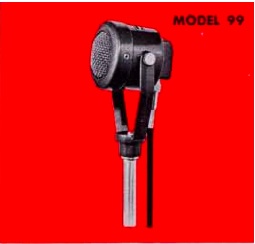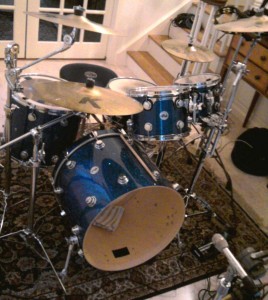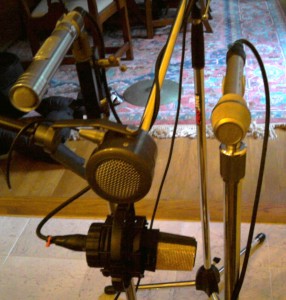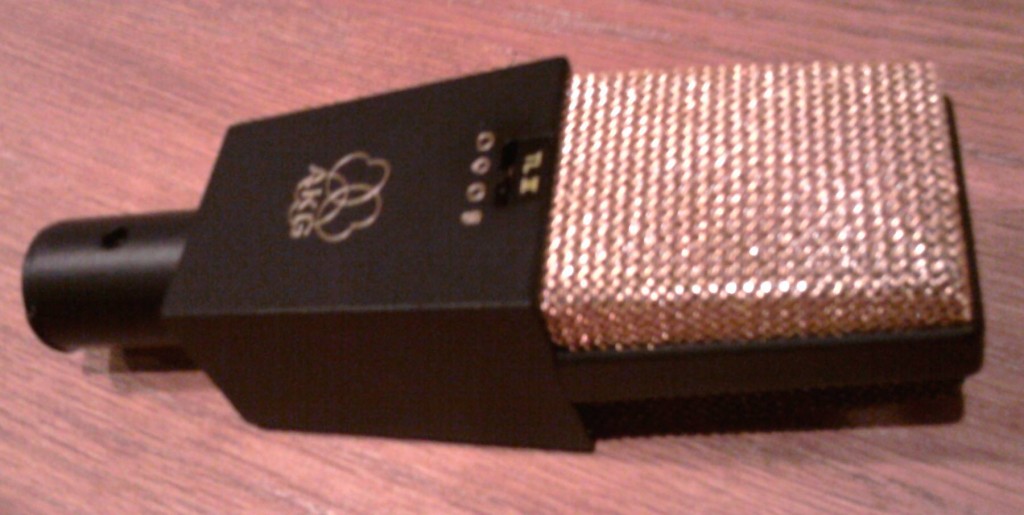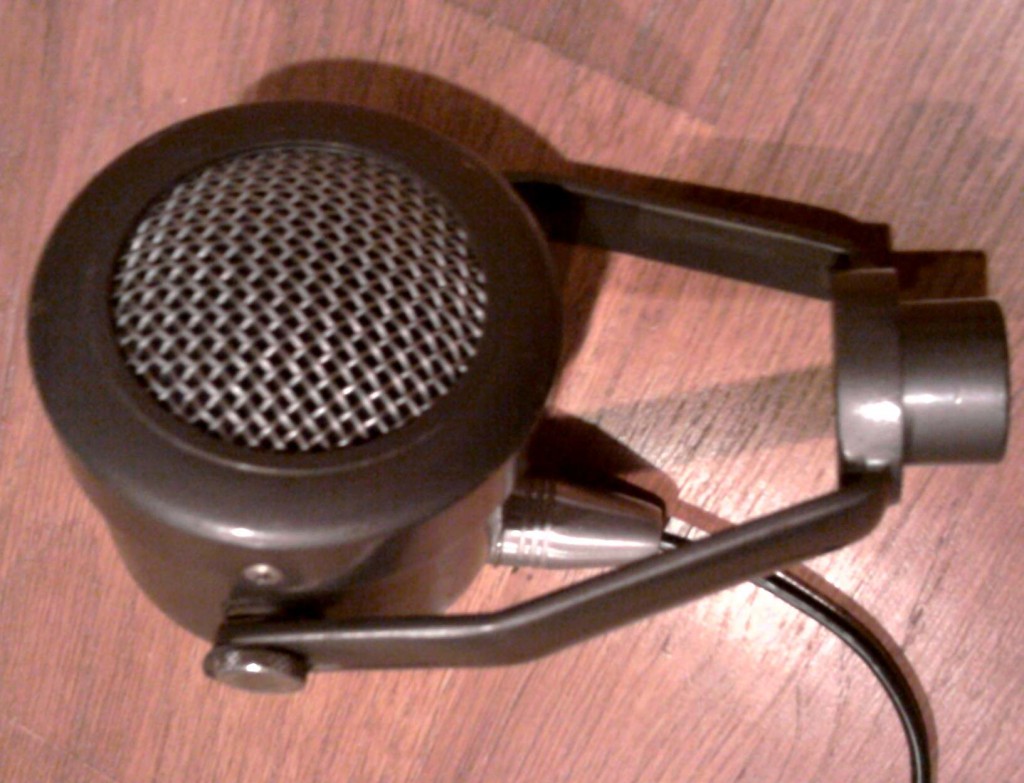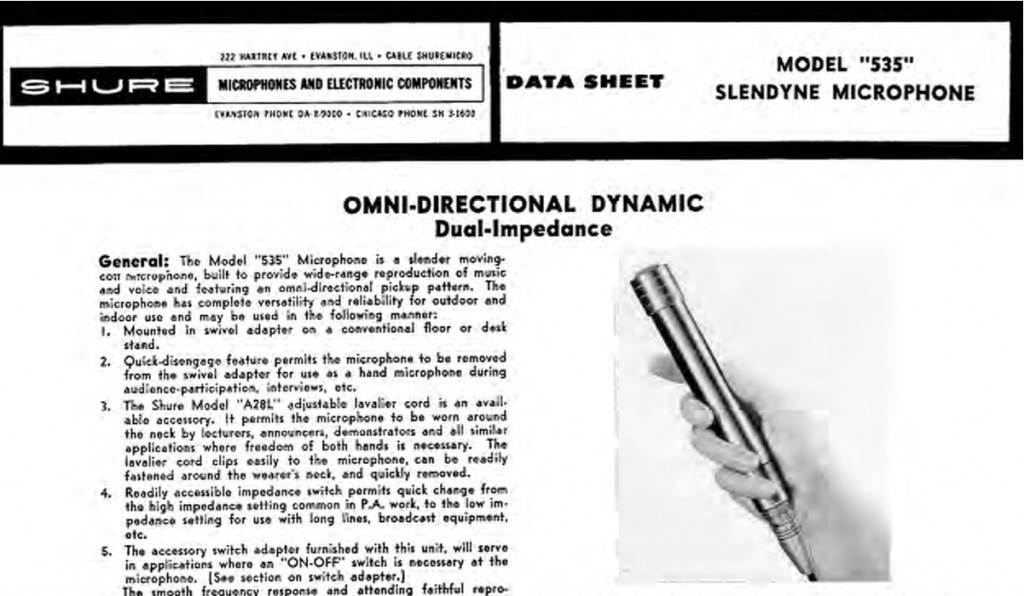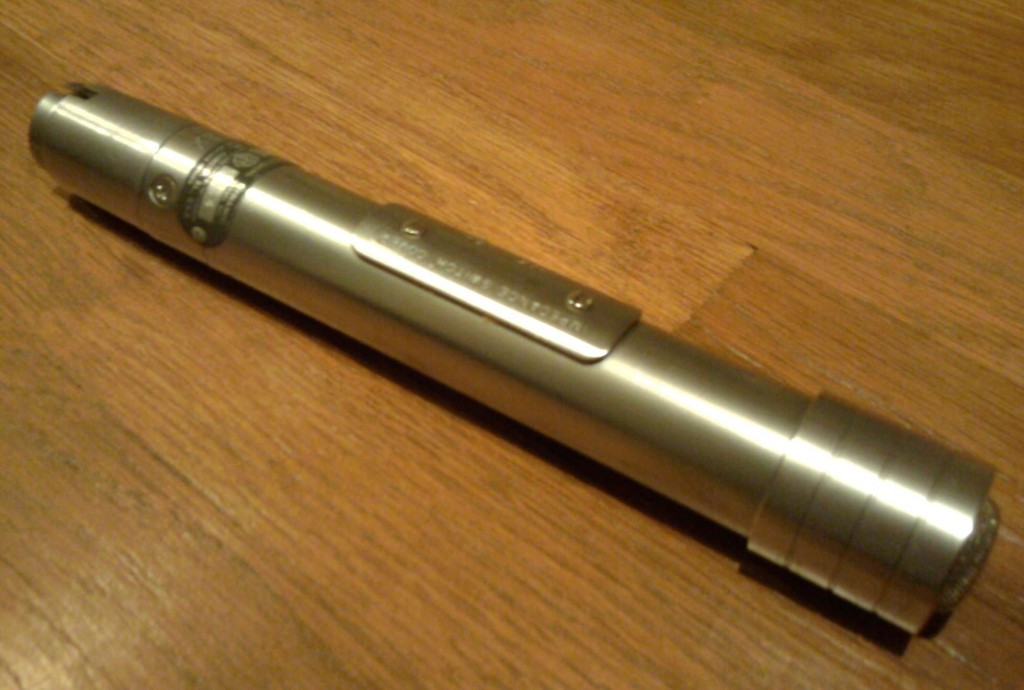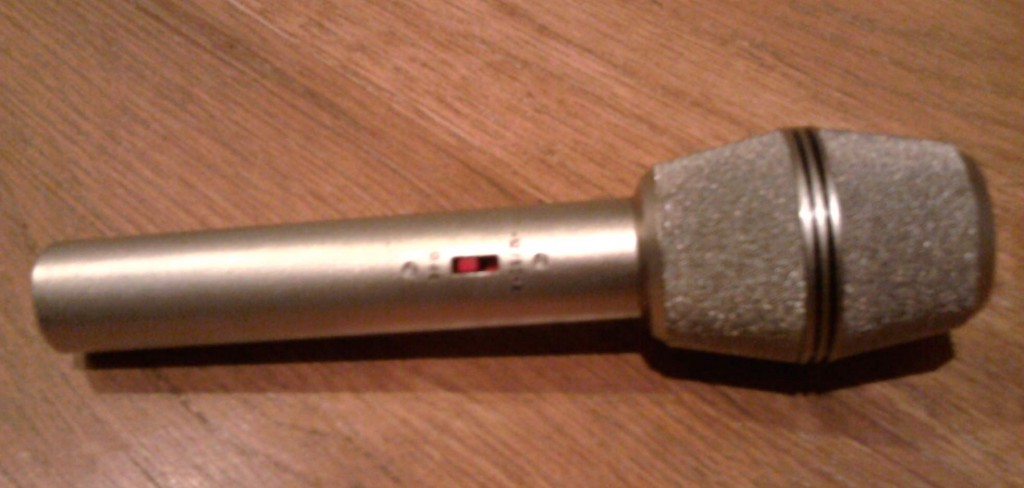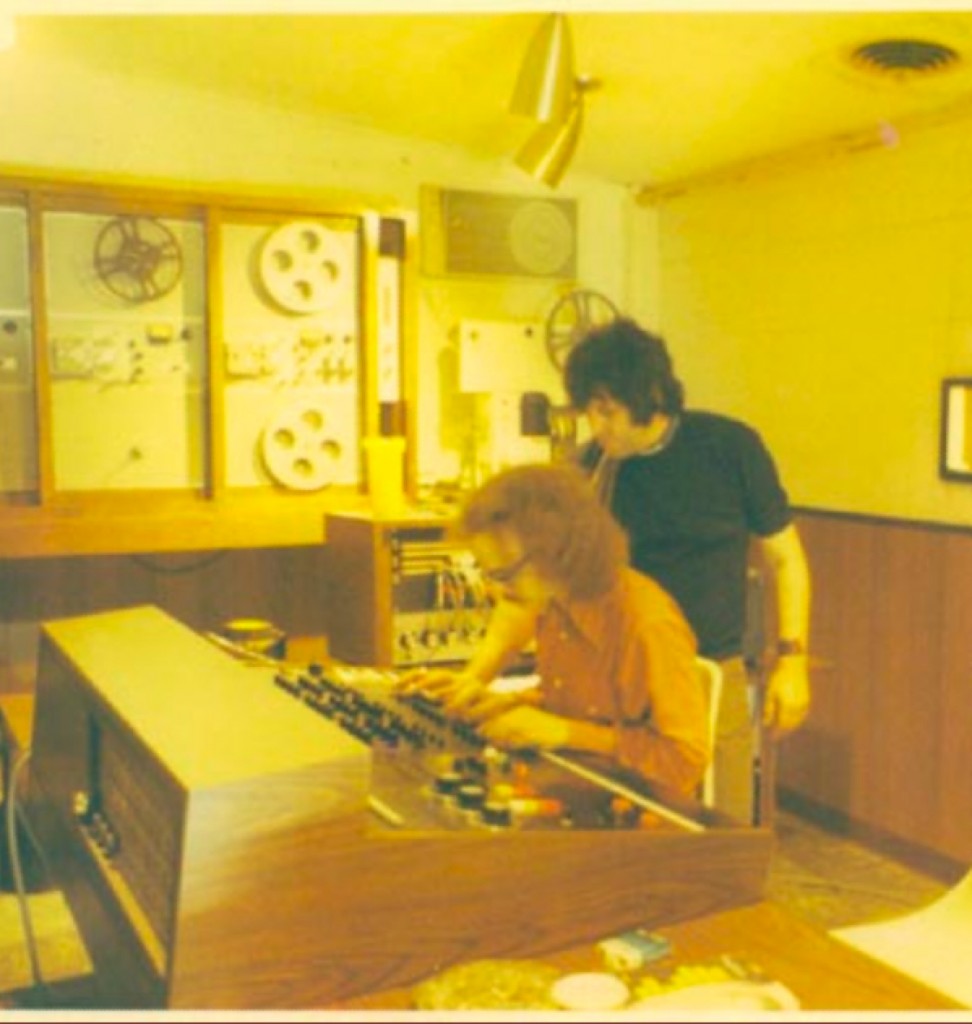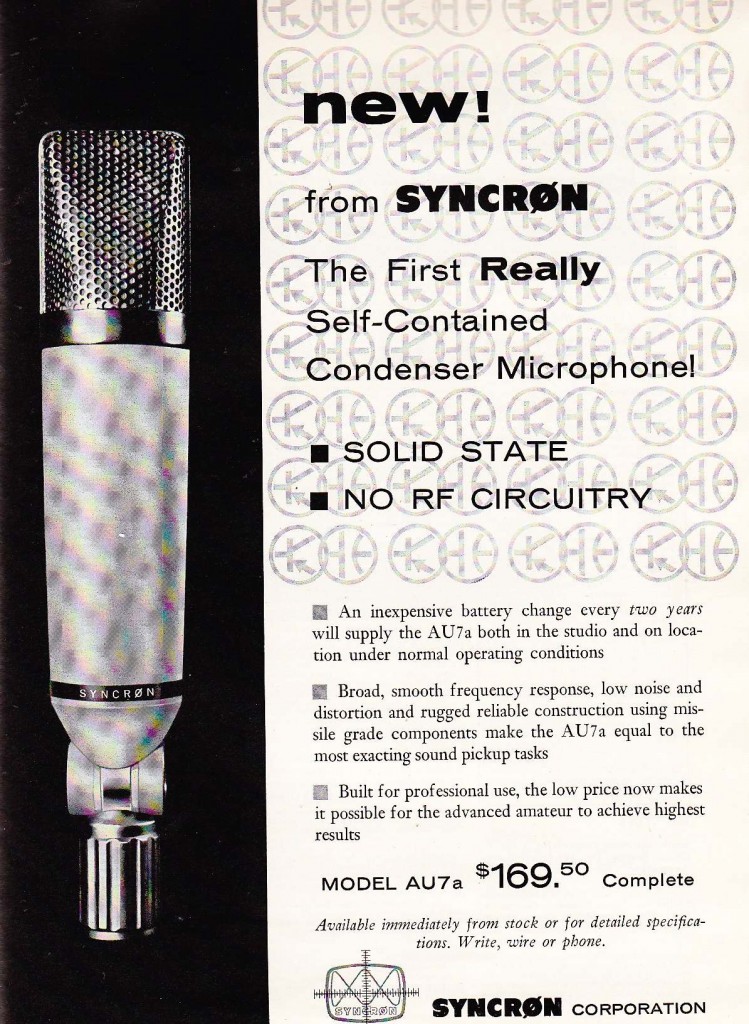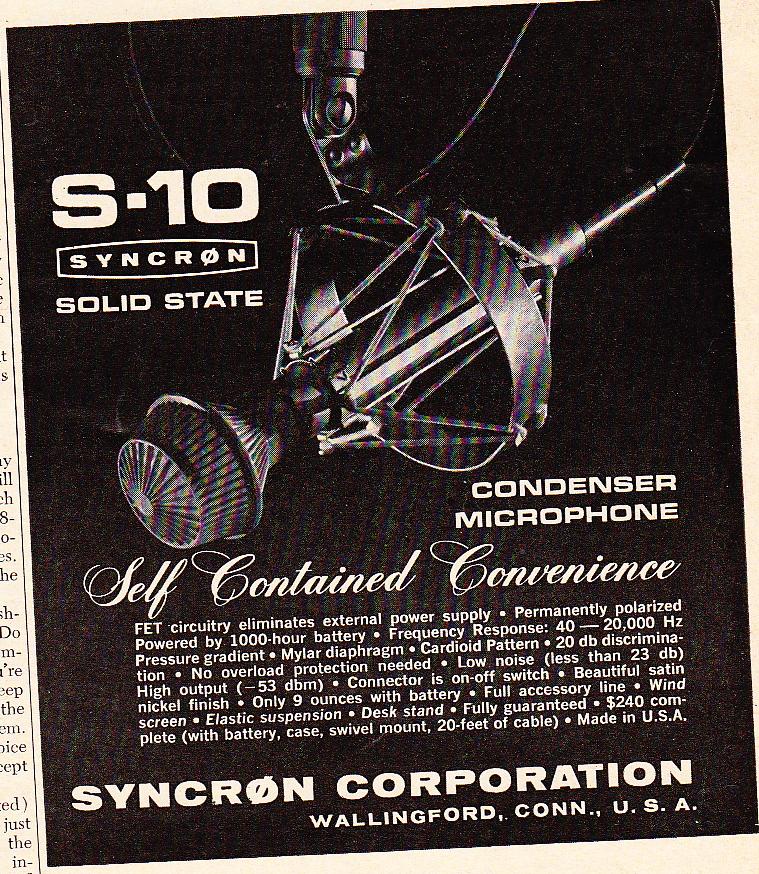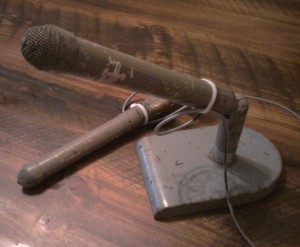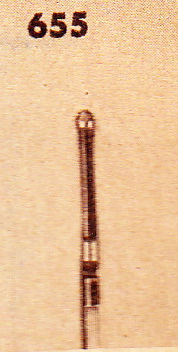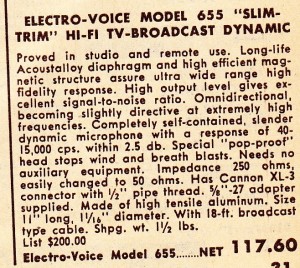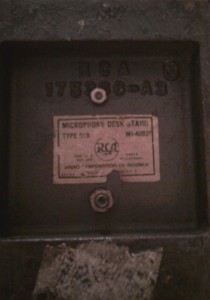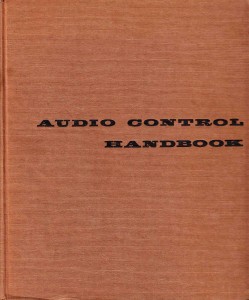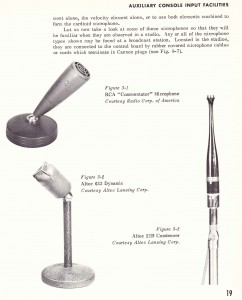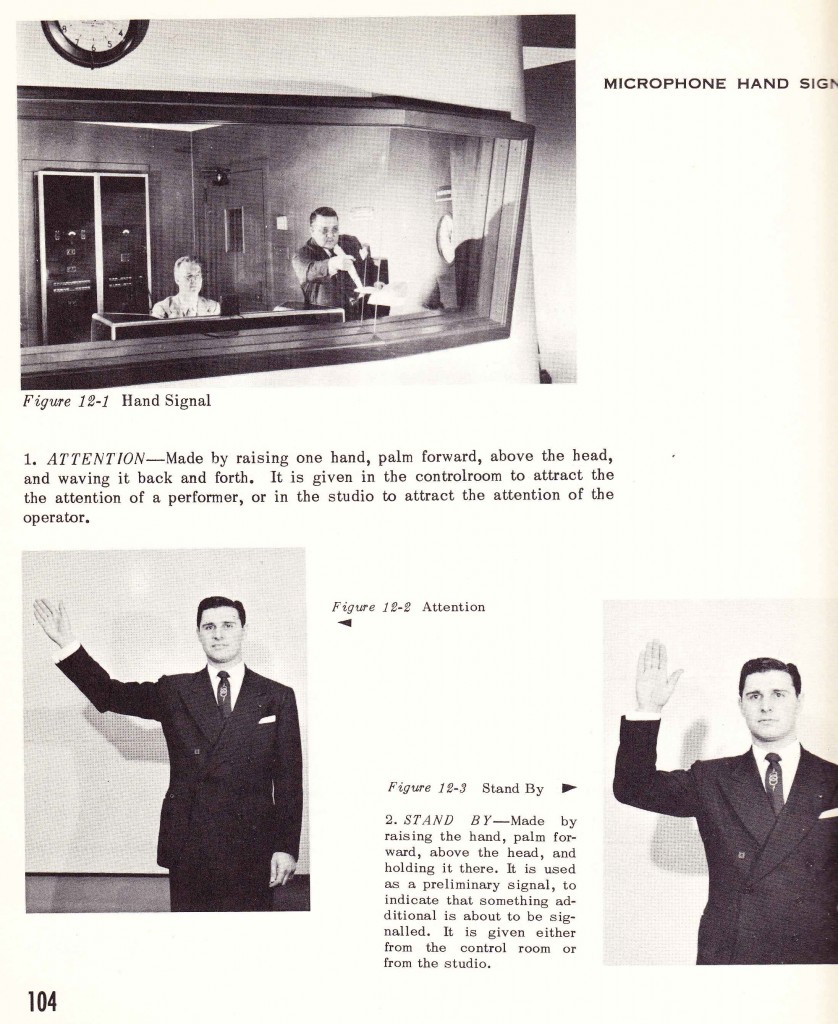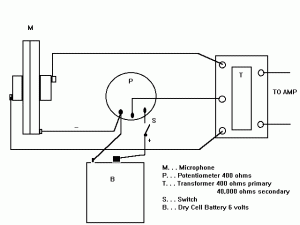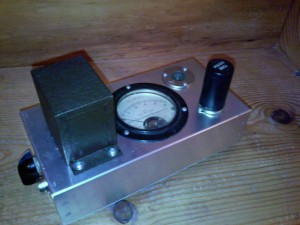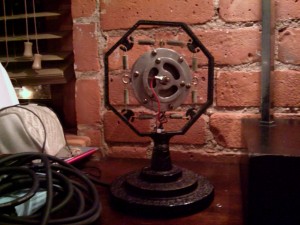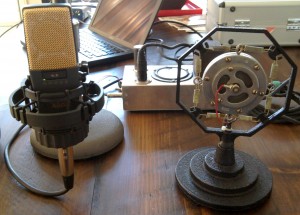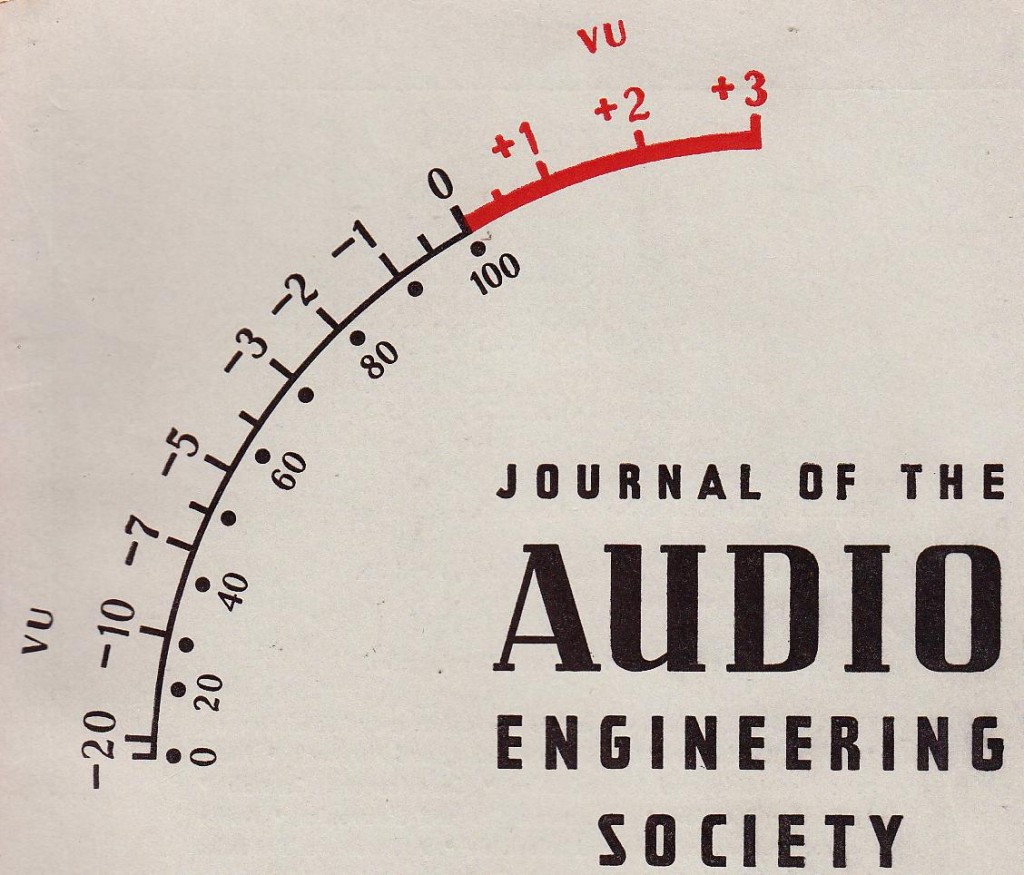 Our earlier post on Saul Marantz discussed the journal of the Audio Engineering Society in general. This week we are going to take a closer look at some of these fascinating publications. We’ll start with a crop of microphones from the 1965 issues.
Our earlier post on Saul Marantz discussed the journal of the Audio Engineering Society in general. This week we are going to take a closer look at some of these fascinating publications. We’ll start with a crop of microphones from the 1965 issues.
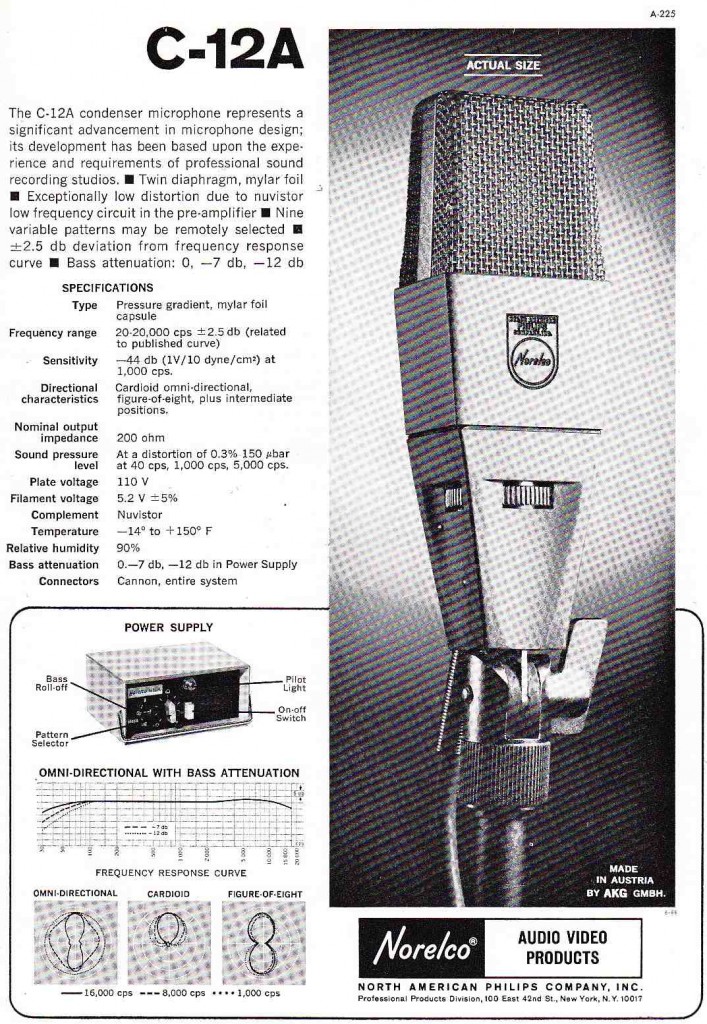 For a time in the 1960’s, Norelco (the electric-razor people) branded and distributed AKG microphones in the United States. The AKG C12A was the historical bridge between two icons of pro audio: the legendary 6072-tube driven C12, and the perennial AKG 414. If you have been following this blog you will recognize the AKG 414 as my ‘reference’ microphone. I have two 414s – an older 414 XLS and one of the newer 414Bs. The 414 is, basically, the cheapest (around $1000) widely-used multi-pattern microphone for professional applications. Most audio-folk are familiar with the 414 sounds, so i feel like it makes for a good sonic reference point.
For a time in the 1960’s, Norelco (the electric-razor people) branded and distributed AKG microphones in the United States. The AKG C12A was the historical bridge between two icons of pro audio: the legendary 6072-tube driven C12, and the perennial AKG 414. If you have been following this blog you will recognize the AKG 414 as my ‘reference’ microphone. I have two 414s – an older 414 XLS and one of the newer 414Bs. The 414 is, basically, the cheapest (around $1000) widely-used multi-pattern microphone for professional applications. Most audio-folk are familiar with the 414 sounds, so i feel like it makes for a good sonic reference point.
Unlike the 6072 (aka hi-grade 12AY7) powered C12 or the solid-state (aka transistor-driven) 414, The C12A uses a Nuvistor to provide capsule gain. The Nuvistor is a fascinating device. They are essentially miniature vacuum tubes which were assembled entirely in vacuum chambers. If the transistor had ‘never happened,’ Nuvistors might have represented the future of active circuitry. I don’t know of any current-manufacture audio equipment that uses these odd devices. Anyone?
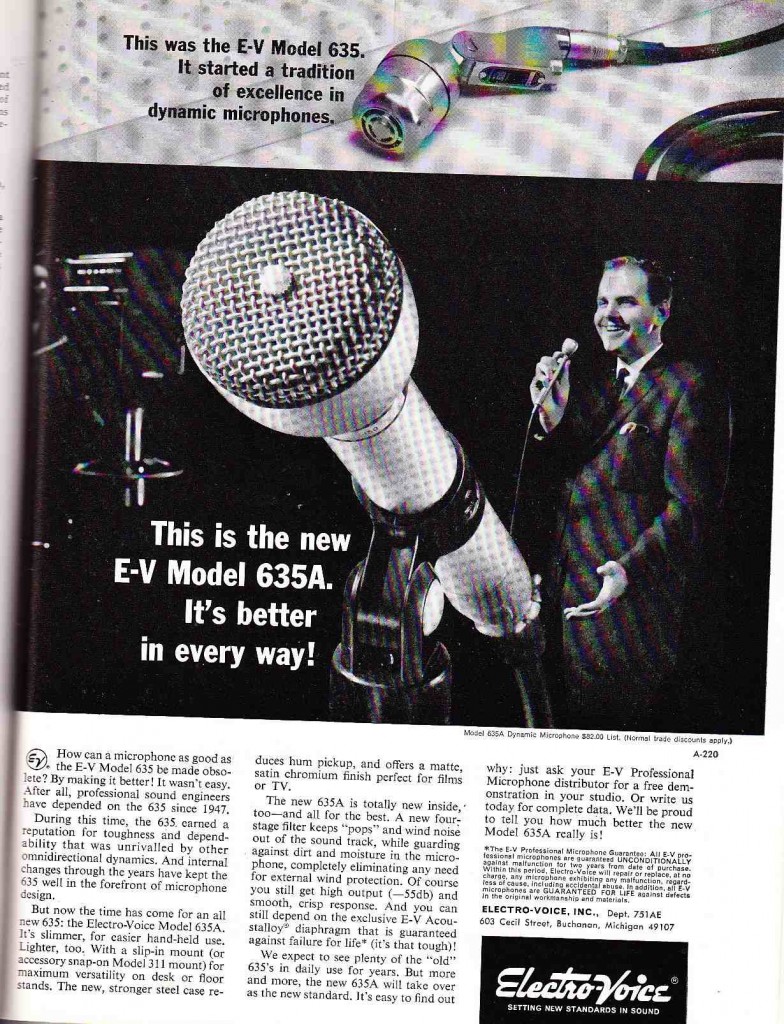 Ah. The Electro-voice 635A. The ‘Buchanan Hammer.’ These used to be as ubiquitous as Shure SM57s. Unlike most modern dynamic mics, the 635 is omnidirectional (picks up sound from all sides), so they are not so popular these days for music-studio-recording. I hope to do a listening-test with the 635 soon, side by side with a 57. BTW, 55 years later: EV still makes this product. Wow.
Ah. The Electro-voice 635A. The ‘Buchanan Hammer.’ These used to be as ubiquitous as Shure SM57s. Unlike most modern dynamic mics, the 635 is omnidirectional (picks up sound from all sides), so they are not so popular these days for music-studio-recording. I hope to do a listening-test with the 635 soon, side by side with a 57. BTW, 55 years later: EV still makes this product. Wow.
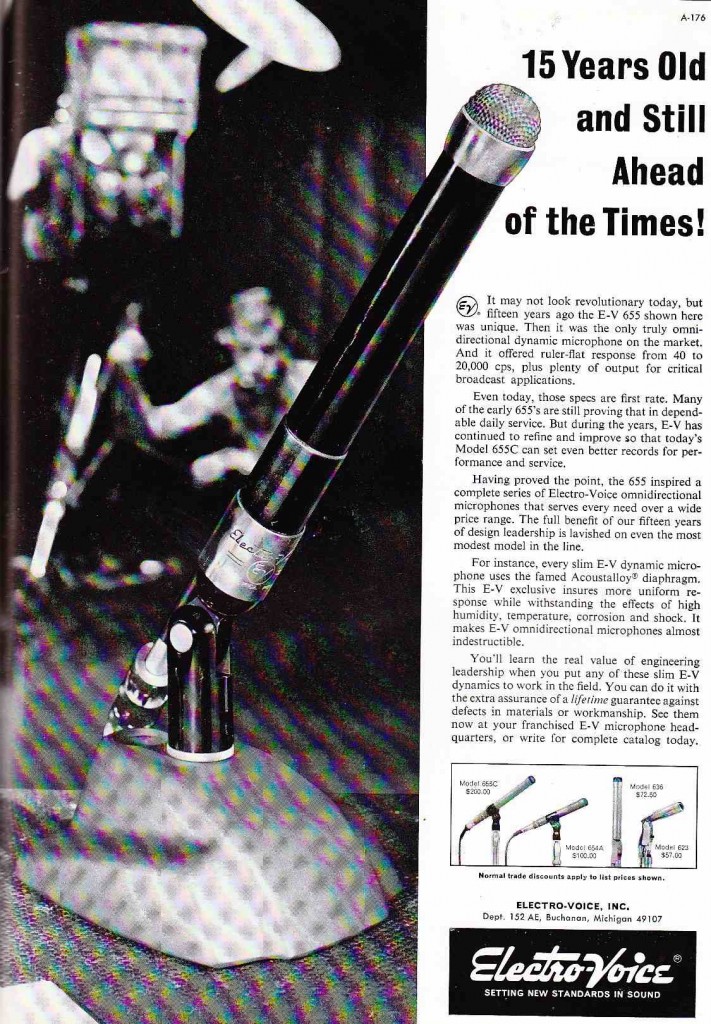 In an earlier post, I discussed a pair of EV 655s that I came across. Unlike the EV 635, the much costlier 655 is no longer being manufactured. The 655 seems to have been replaced by the (also discontinued) RE55 sometime in early 1970s. Expect a listening test of my 655s soon.
In an earlier post, I discussed a pair of EV 655s that I came across. Unlike the EV 635, the much costlier 655 is no longer being manufactured. The 655 seems to have been replaced by the (also discontinued) RE55 sometime in early 1970s. Expect a listening test of my 655s soon.
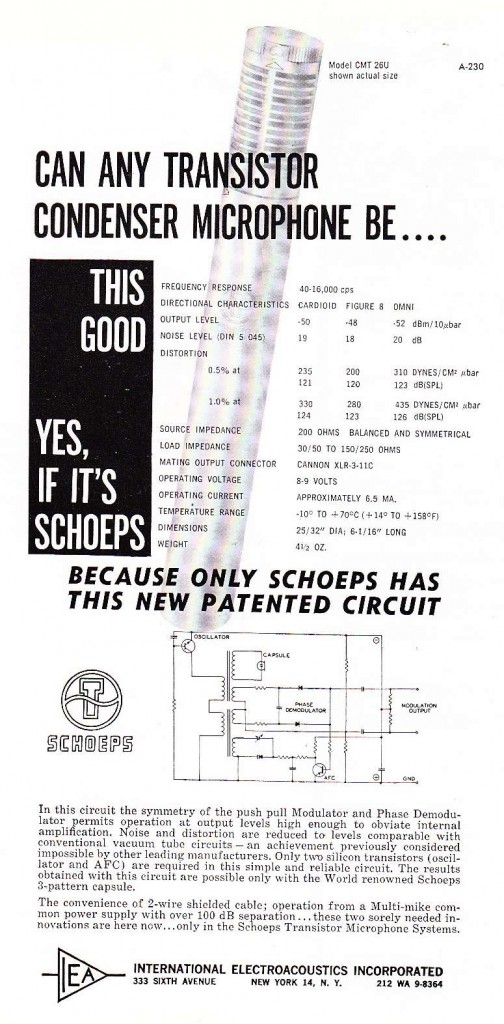 Yup, Schoeps mics are great. Need to get a few…
Yup, Schoeps mics are great. Need to get a few…
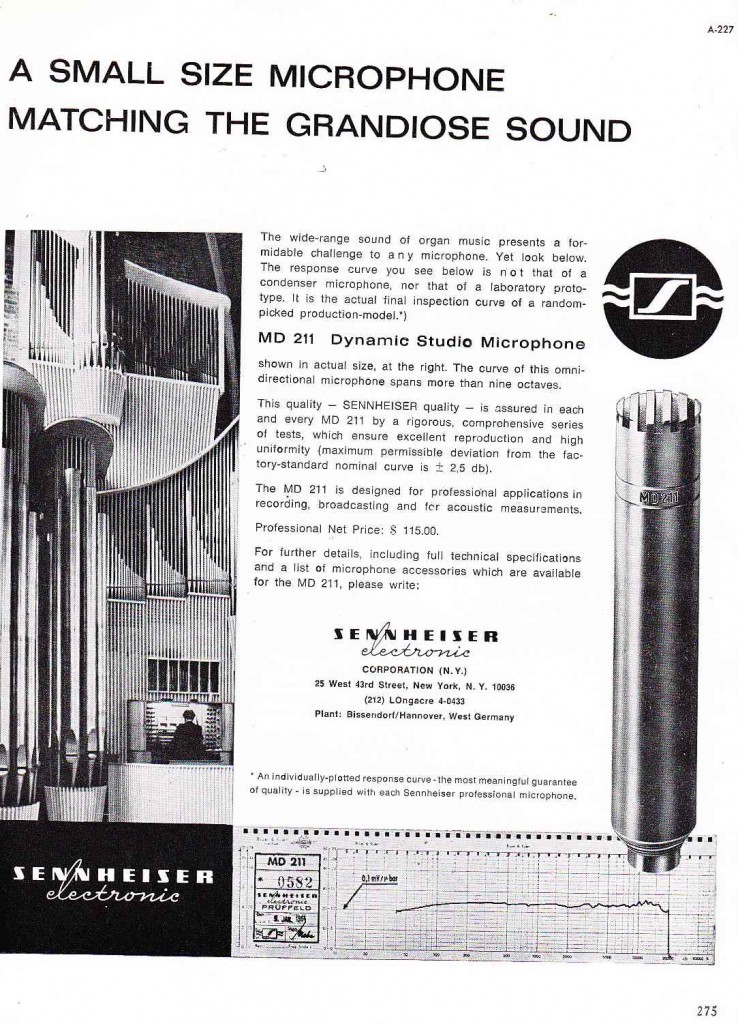 Has anyone been using Sennhesier 211s? The 211 is a small omni-directional dynamic mic. I am very curious to try these out. A couple of these sold on eBay for $150/ea a few weeks back. Drop a line if you have an opinion on the 211.
Has anyone been using Sennhesier 211s? The 211 is a small omni-directional dynamic mic. I am very curious to try these out. A couple of these sold on eBay for $150/ea a few weeks back. Drop a line if you have an opinion on the 211.
Tomorrow: deeper into the AES c. ’65.
